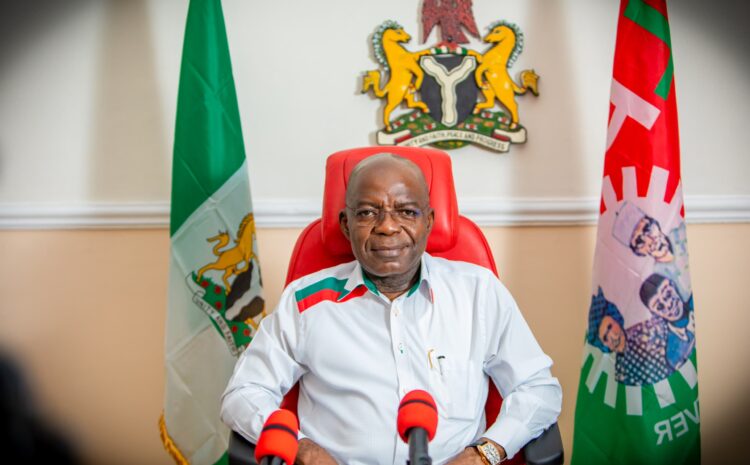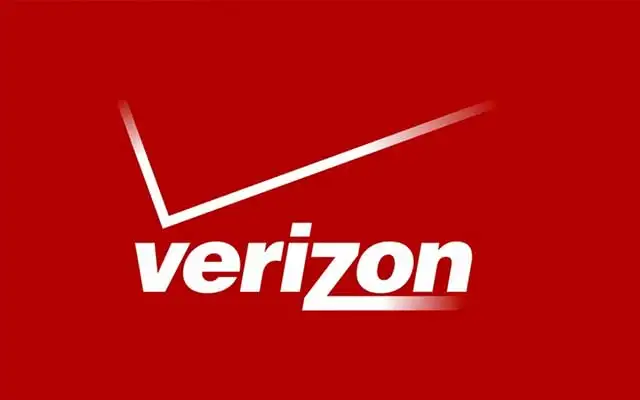President Donald Trump announced the imposition of a 25% tariff on Indian imports, effective August 1. This decision was driven by concerns over India’s high trade barriers and its continued purchases of military equipment and energy from Russia, which the administration views as contributing to the ongoing conflict in Ukraine.
In a statement on Truth Social, President Trump highlighted that while India is considered a friend, the trade relationship has been limited due to India’s elevated tariffs and non-monetary trade barriers. He emphasized that India’s substantial imports of Russian military equipment and energy, alongside its status as Russia’s largest energy buyer, are problematic at a time when global efforts are focused on ending the conflict in Ukraine. Consequently, he stated that India would face a 25% tariff, plus an additional penalty, starting August 1.
The U.S. trade deficit with India stood at $45.7 billion in 2024, underscoring the imbalance in the bilateral trade relationship. The new tariffs are expected to impact various sectors, including technology and manufacturing, particularly affecting companies like Apple, which have established production facilities in India.
In response, Indian officials have indicated that they are reviewing the implications of the U.S. action and remain committed to fair trade negotiations while safeguarding domestic industries. Despite the tensions, there is an expectation that both nations will engage in further discussions to resolve the trade disputes and address the concerns raised by the U.S. administration.
This development marks a significant escalation in trade tensions between the United States and India, with potential ramifications for global supply chains and international relations.












Leave a comment